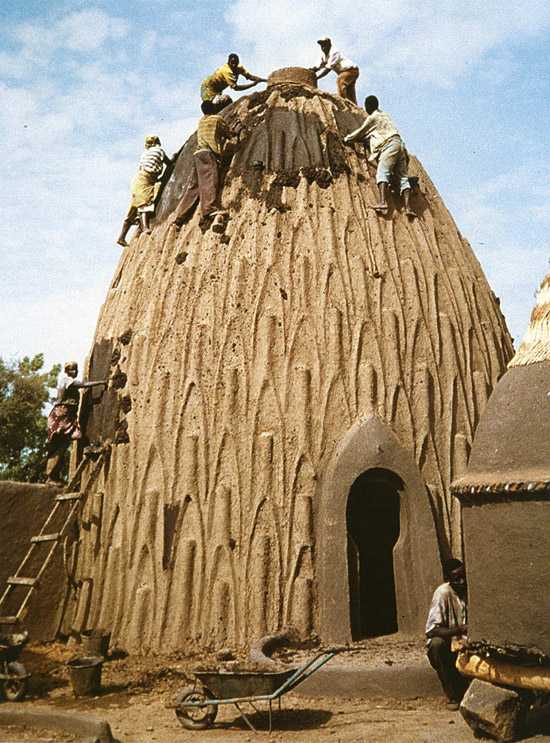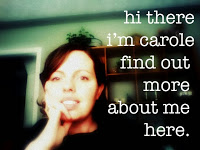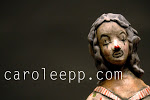call for entries from designers, architects, artists, and schools to
research Fired Ceramic Architecture, as a model for housing for the arts
in West Africa
PRLog (Press Release) – Aug 09, 2012 –
LAND ART / LAND ARCHITECTURE RESIDENCY
WHAT: Project explores the relationship between land art and land architecture to create fired ceramic structures
WHO CAN PARTICIPATE:
WHERE: Abetenim Arts Village, 20 kilometers from Kumasi in Ashanti Region of Ghana
DATE: 1st to last day of the month from October 2012 – April 2014
DEADLINE: No fixed deadlines (applications are accepted until all spots are filled)
COST:
Organizer will provided accommodation. The international participant is
responsible for costs of own airfare and proposed project; and food is
€5 per day.
work to [email protected]. For information on our previous projects
go http://www.nkafoundation.org.
Land Art / Land Architecture
is designed to bring together artists and architects from different
countires to explores the relationship between land art and land
architecture to create fired ceramic structures at Abetenim Arts Village
in the Ashanti Region of Ghana. Project starts with site-specific tours
to immerse the group in the dialectics of observing, analyzing and
drawing on the local conditions to generate a contextually sound piece.
The group will then work together to complete the design process and
create a land art, an earth monument to be built with earth and other
materials from the site.
This is an experimental project that
explores the relationship between land art and land architecture as
basis for constructing green earthworks or fired earth structures. The
wall of the structure may therefore be created with red earth and roofed
conventionally, or the roof rendered of earth (mud) together with the
wall and fired as terra cotta. If the project is to be of terra cotta, a
bio-form such as an onion, mushroom or the anthill ought to be hollowed
out. Wherein, we will stack firewood and smaller clay pieces. We will
then fire the whole unit as in terra cotta. The smaller pieces can be
installed as parts of the whole, or as takehome pieces, or for
exhibition regionally or internationally to share the results with the
wider public. We will use 4 weeks to complete the project. An
international participants with only 2 weeks to spare may join or leave
at a time in line with other commitments. A ceramic professor at the
nearby university will join the group for local advisory. Some
indigeneous potters are available to assist with the making and the
firing of the pieces to the desired 960° C to reach red heat.
PRELIMINARY PROGRAMME
(i) Cultural Orientation:
Cultural orientation is throughout the period. Through route-specific
or site-specific tours of the local resources, house calls and
demonstrations of local traditions, the visitor gains awareness and
skills necessary for successful adaptation to the community.
(ii)
Focus Project: Your team will propose and build their project with the
help of 1 or 2 local artisans. We encourage involve pupils in nearby
schools in the process for cross-cultural and environmental education.
(iii)
Community Day: Public celebration of the completed project with the
rural community by way of open house exhibition, public performance,
etc.
(iv) Project Dissemination: Post-project activities in
or outside the country via real life publications, gallery exhibitions,
seminal presentations, etc. The prospects of engaging the global
e-community in the project process via QR system of barcodes, a website /
blogging and other digital technologies are equally compelling.








